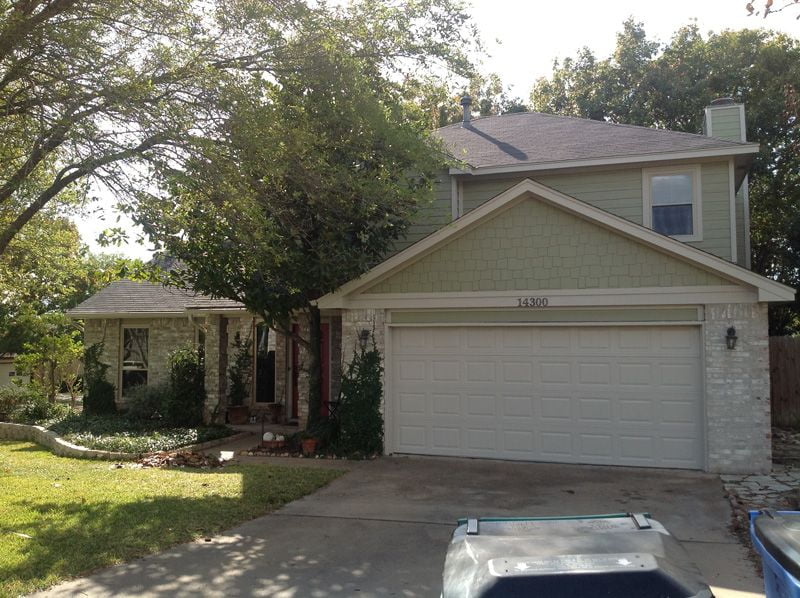Are you a building contractor in Texas? If yes, then perhaps you have just won a contract to build a new home, workshop, barn, addition, or renovate an existing property for a client. There are many fittings you will install at the property, and siding is one of them. When it comes to siding, contractors have a long list of options to consider. Over the years, fiber cement siding has been one of the most preferred options, and this article addresses its benefits. However, before doing that, let’s first define what fiber cement siding.
What is Fiber Cement Siding?
This is one of the latest innovations when it comes to building new homes, renovation, and upgrading with the sole aim of making it appear like “real wood” siding. As the name suggests, it is made of cement, but with a combination of cellulose fiber (or wood fiber – often recycled from wood fiber waste products) and sand. Just like any other siding option, it is applied to the exterior of the property. This product comes in a myriad of styles and colors to meet the taste and preference of everyone. Many companies manufacture it, but HardiePlank Siding is known for a top-notch fiber cement siding product.
Benefits of fiber cement siding product for your Texas home
Having defined the product, let us now look at some of the reasons why many contractors and homeowners alike consider it. This siding option comes with a plethora of benefits and we have listed a few of them:
1. It is extremely durable
When considering a siding option, one of the things to look out for is whether the product is durable or not. It is always a good idea to choose something that lasts longer, even though it may come with a higher price tag. You will find that it will be cheaper in the long run since you can forget about replacing it altogether. Fiber cement is, without doubt, one of the most durable siding options available. It has been designed to withstand harsh climate and weather conditions that often damage or warp conventional siding materials like vinyl. One of the reasons why this siding option is so durable is due to the materials used in making it. As earlier mentioned, fiber cement is a strong bond of cement, cellulose fiber, and sand. These ingredients yield an extremely durable product that would not be damaged by sleet, snow, hail, and long hours of sun exposure. It is also resistant to fire, extreme heat, and even attack from insects as it offers no food source! HardiePlank fiber cement siding, for instance, lasts for up to 25 years or even more.
2. Savings on energy consumption
If you switch to fiber cement siding, you will be able to save up to 30 percent of energy bills each year. Research from some of the most reliable sources indicates that most households spend thousands of dollars on electricity bills especially during the winter season when lots of energy is used in heating up the interiors. Fiber cement siding is highly efficient in cooling the property during the hot months and keeping it warm during the cold months. This type of siding helps homeowners save tons of money on electricity bills.
3. Extremely versatile and low maintenance
Fiber cement siding from some of the most reputable siding companies offers design versatility. This is because the product is readily available in different shapes, textures, sizes, and colors, so contractors can easily customize the look of a property to suit individual preferences. This siding option holds paint for a very long time – up to 15 years before any re-painting!
If you are looking for an incredibly low-maintenance siding type, then fiber cement is a wonderful choice. It requires less upkeep since it can withstand most of the natural elements and maintains its shape longer than any other siding option. It neither expands nor contacts, so less maintenance work is required!
4. It is eco-friendly
The list of the benefits of choosing fiber cement siding is not complete without mentioning its eco-friendly nature. Typically, we want a product that has little or no impact on our environment and since fiber cement is made of wood cellulose, sand, and cement (all of which are naturally occurring materials), there is nothing to cause damage to the environment. This option is also recyclable!












